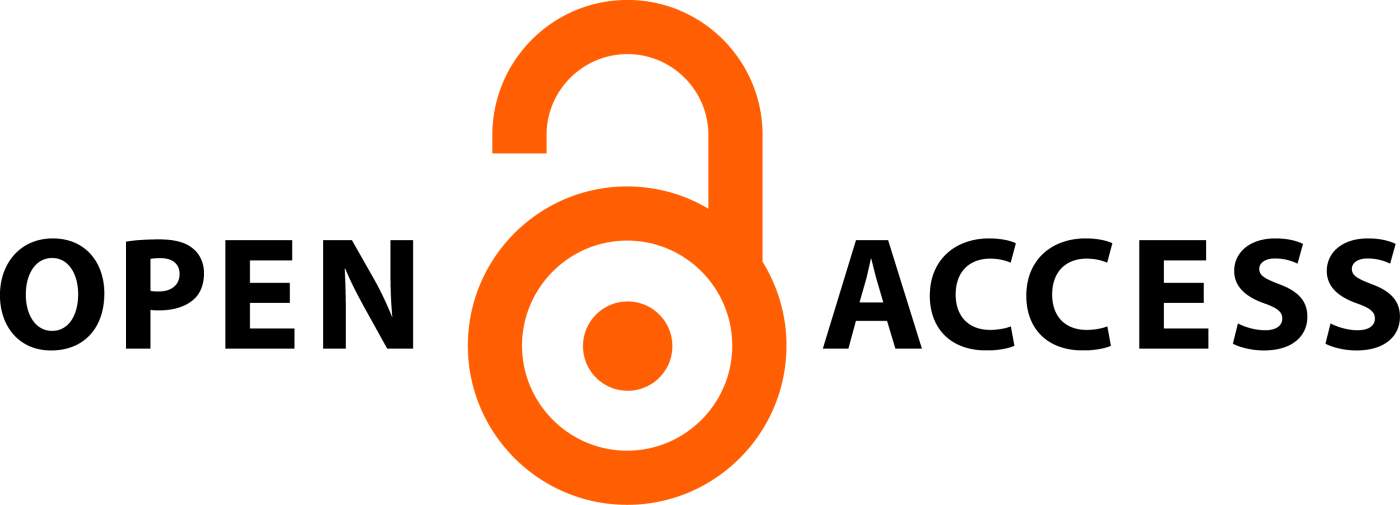METHOD DEVELOPMENT AND VALIDATION OF DIMETHYL SULPHATE CONTENT IN ESOMEPRAZOLE MAGNESIUM DRUG SUBSTANCE BY GC-MS
Abstract
Dimethyl sulfate is universally used as an alkylating, sulfating and sulfonating agent in organic synthesis; hence it is one of the probable impurities during the synthesis of the esomeprazole magnesium. As per ICH M7, it is genotoxic and mutagenic, so it needs to be controlled as per the acceptable intake of dimethyl sulfate and daily sample dosage. This method validation can be achieved by the hyphenated technique of gas chromatography with mass spectroscopy, which is used to develop the dimethyl sulfate impurity in esomeprazole magnesium drug substance containing salt. The method is achieved with a DB-1 column with electron impact ionization source in sim mode ion under electronic pneumatic pressure control and deliberate oven ramp programming temperature was used. A dissolved, extracted and auto-injection sample was implemented for sample introduction in a splitless mode. Dichloromethane and 2N NaOH was used as a diluent. The calibration curve showed good linearity over the 1.69 to 8.40 ppm (limit: 5.56 ppm) and its correlation coefficient was >0.999. A limit of detection 0.50 ppm and limit of quantitation 1.69 ppm was achieved when the samples were prepared at 50 mg/mL. While recovery proved to be 106.8 to 113.5%, hence it signified the matrix effect.
Downloads
All the articles published in JAPSR are distributed under a creative commons license (CC BY-NC-SA 4.0)
Under this license, you are free to:
- Share- copy and redistribute the material in any medium or format for any purpose, even commercially.
- Adapt- remix, transform, and build upon the material for any purpose, even commercially.
The licensor cannot revoke these freedoms as long as you follow the license terms.
- Attribution — You must give appropriate credit , provide a link to the license, and indicate if changes were made . You may do so in any reasonable manner, but not in any way that suggests the licensor endorses you or your use.
- NonCommercial — You may not use the material for commercial purposes .
- ShareAlike — If you remix, transform, or build upon the material, you must distribute your contributions under the same license as the original.
- No additional restrictions — You may not apply legal terms or technological measures that legally restrict others from doing anything the license permits.
Copyright policy
The journal allows the author(s) to hold the copyright of their work. That means the authors do not need to transfer the copyright of their work to the journal. However, the authors grant JAPSR a license to publish the article and identify itself as the original publisher.
Licensing policy
The journal allows the author(s) to hold the copyright of their work. That means the authors do not need to transfer the copyright of their work to the journal. However, the authors grant JAPSR a license to publish the article and identify itself as the original publisher.






